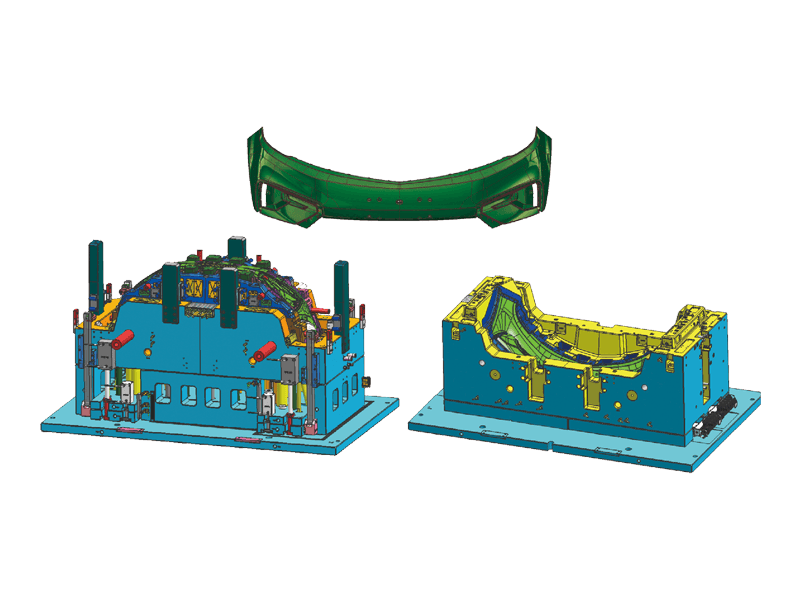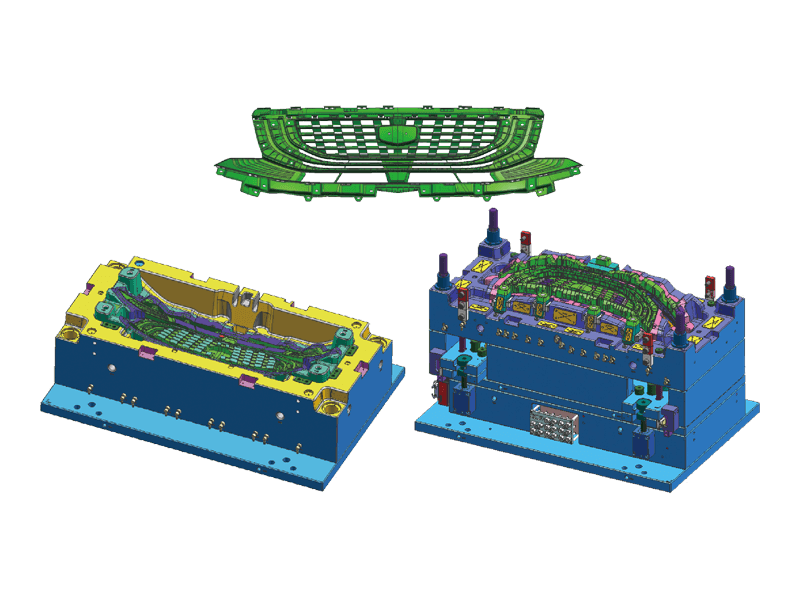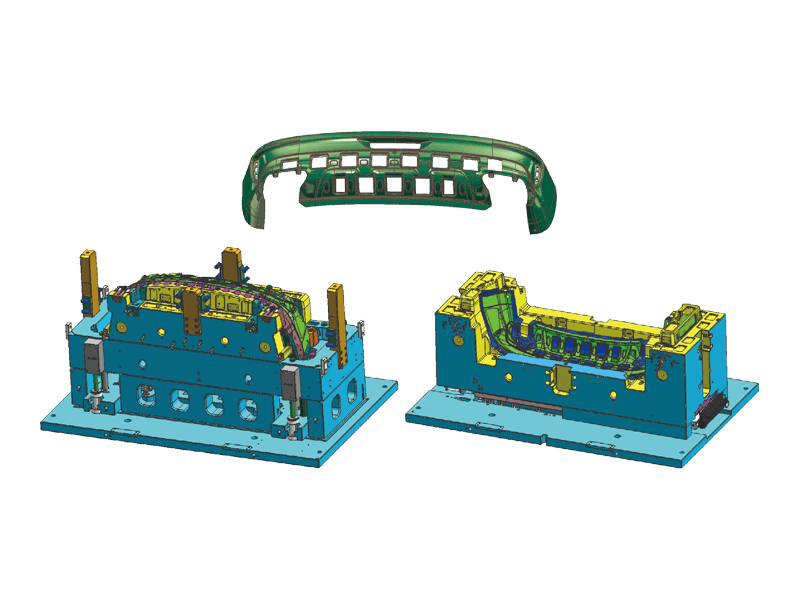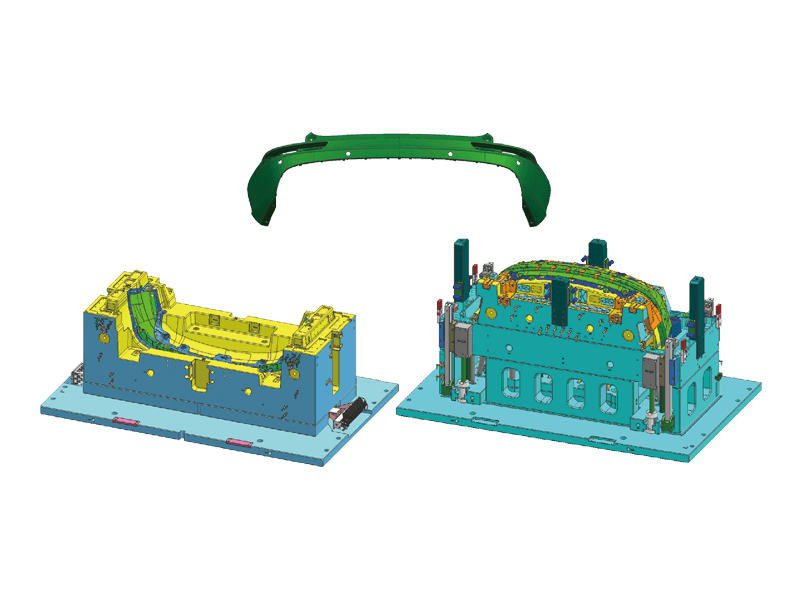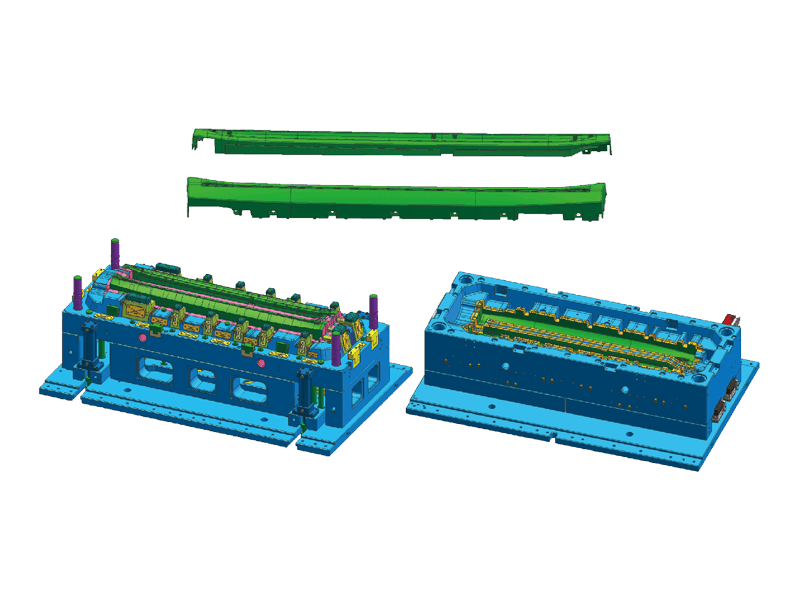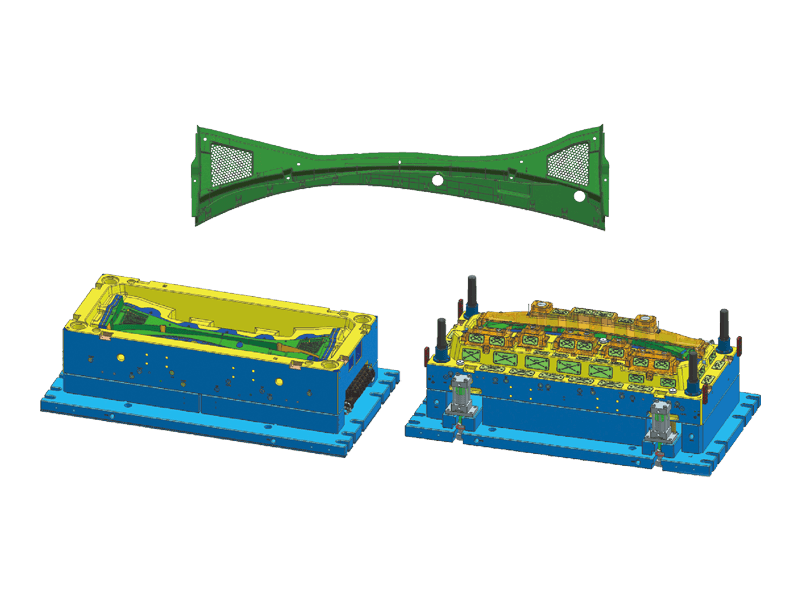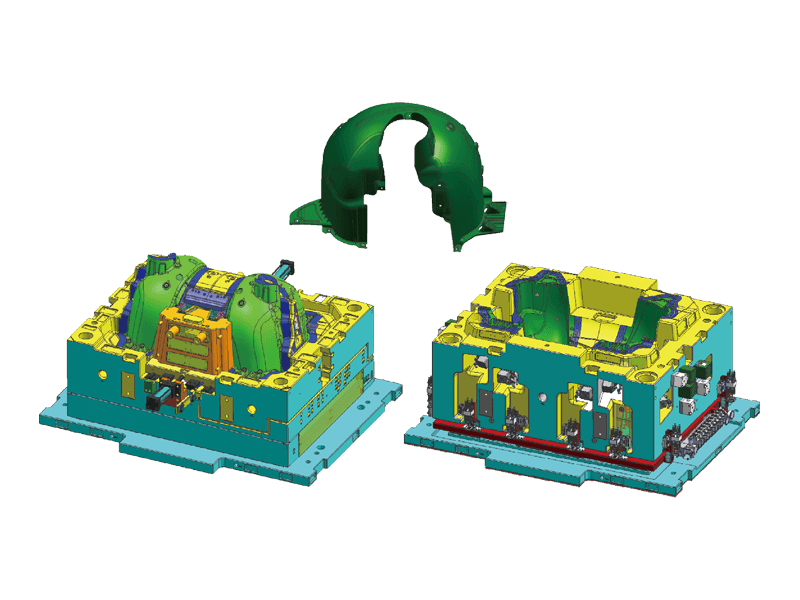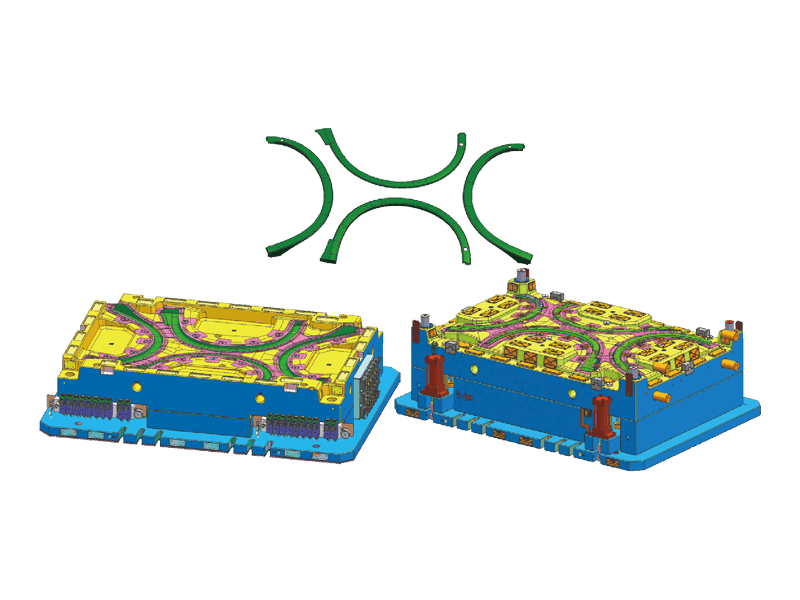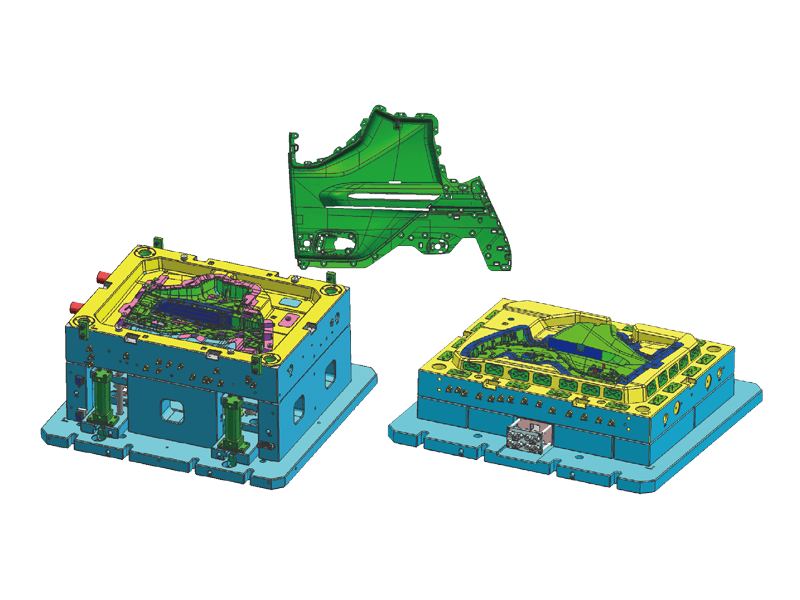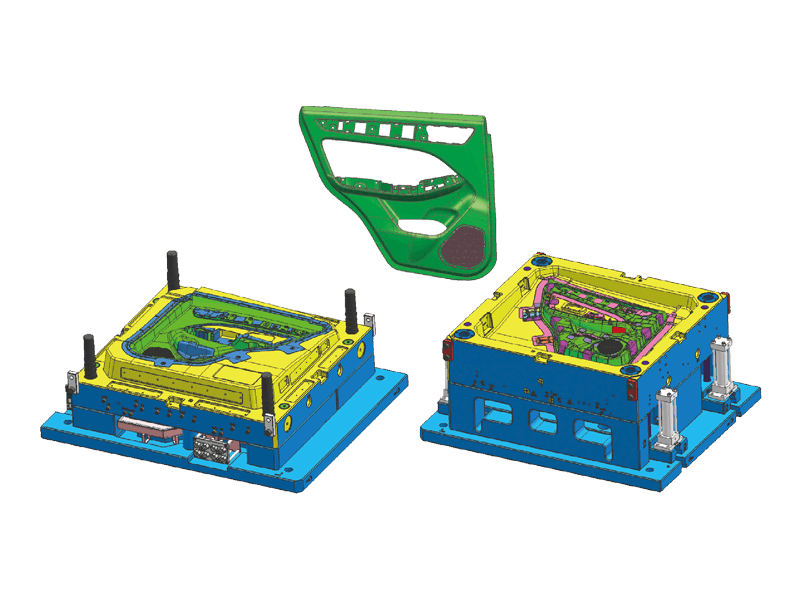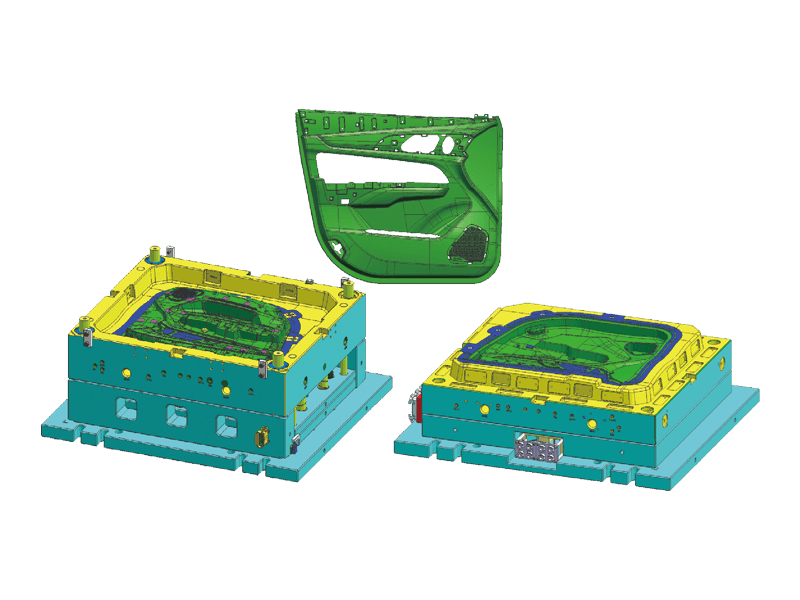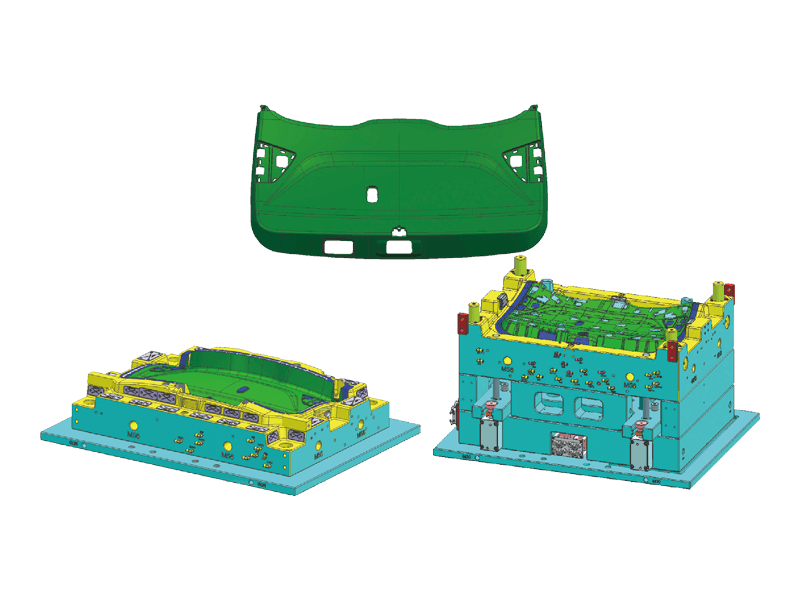The automotive industry is experiencing a transformative phase with the adoption of advanced manufacturing technologies, and automobile car injection molds are at the forefront of this evolution. These molds are crucial in producing high-quality, precision-engineered automotive parts that meet the industry's rigorous standards. This article explores the latest innovations, market trends, and future outlook for automobile car injection molds, highlighting their significant role in shaping the future of automotive manufacturing.
Automobile car injection molds are essential tools used in the manufacturing process to produce various plastic components for vehicles. These molds are designed to create precise and consistent parts by injecting molten plastic into a mold cavity, where it cools and solidifies. The resulting parts are then used in a range of automotive applications, from interior components to exterior panels.
The importance of automobile car injection molds lies in their ability to produce high volumes of parts with exceptional accuracy and durability. This precision is critical for ensuring that automotive components fit perfectly, function effectively, and meet safety and performance standards.
Advanced Materials: Recent advancements in materials used for automobile car injection molds have significantly enhanced their performance and durability. High-strength alloys and advanced composite materials are now commonly used to manufacture molds, providing greater resistance to wear, corrosion, and thermal stress. These materials extend the lifespan of molds and improve the quality of the finished parts.
Precision Engineering: The focus on precision engineering has led to the development of advanced injection mold designs that ensure high levels of accuracy and consistency. Computer Numerical Control (CNC) machining and other precision techniques are employed to create intricate mold cavities and features. These innovations allow for the production of complex automotive components with tight tolerances.
Multi-Cavity Molds: Multi-cavity molds have become increasingly popular in the automotive industry due to their efficiency and cost-effectiveness. These molds can produce multiple parts in a single injection cycle, reducing production time and costs. The use of multi-cavity molds allows manufacturers to meet high-volume production demands while maintaining high-quality standards.
Rapid Prototyping: The integration of rapid prototyping technologies with automobile car injection molds has revolutionized the development process. Rapid prototyping techniques, such as 3D printing and additive manufacturing, enable the creation of prototype molds quickly and cost-effectively. This accelerates the design and testing phases, allowing for faster iterations and improvements.
Smart Molding Technologies: The introduction of smart molding technologies has enhanced the efficiency and monitoring capabilities of automobile car injection molds. Sensors and automation systems are integrated into molds to monitor parameters such as temperature, pressure, and flow rates in real-time. This data-driven approach allows for precise control over the molding process and helps identify and address potential issues before they impact production.
Automobile car injection molds are used to produce a wide range of automotive parts, including:
Interior Components: Injection molds are used to manufacture various interior components such as dashboard panels, door panels, and center consoles. These components require precise molding to ensure a fit and finish.
Exterior Panels: Automotive exterior panels, including bumpers, fenders, and grille components, are produced using injection molds. The durability and strength of these panels are critical for vehicle safety and aesthetics.
Engine Parts: Injection molds are used to create engine components such as intake manifolds, air filter housings, and valve covers. These parts must withstand high temperatures and pressure, making advanced mold materials and designs essential.
Lighting Assemblies: Automotive lighting assemblies, including headlights and taillights, are produced using injection molds. The clarity and durability of these components are crucial for vehicle safety and functionality.


 English
English 中文简体
中文简体